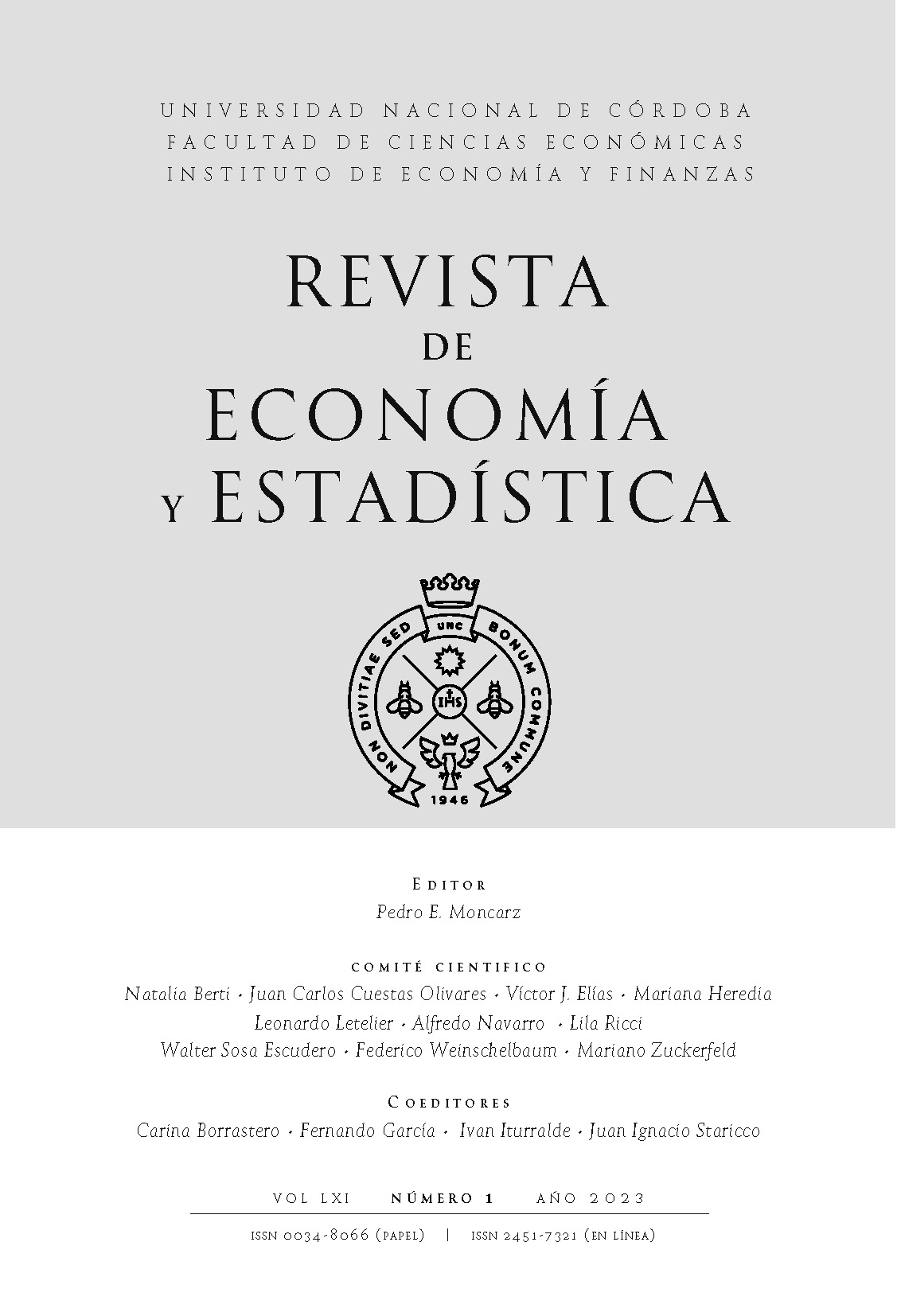Taxonomies of Free and Open Source Software Companies. Its limitations based on cases of Argentine SMEs
DOI:
https://doi.org/10.55444/2451.7321.2023.v61.n1.44198Keywords:
SMEs, Software, Open SourceAbstract
The creation of the Free/Libre Open Source Software (FLOSS) and its growth, have modified the value chain of the software industry. However, there isn’t good statistical information showing the importance and the role in the economy of the FLOSS firms. This article aimed to contribute to the improvement of the data collection and the discussion about the way of categorization of the FLOSS firms. The methodology was qualitative, drew on seven case studies of Argentineans FLOSS SME, focusing on the degree of collaboration with the FLOSS community and its business model. This allowed to make a critical analysis of the current categorization of FLOSS firms in the literature, as a first step in the way to developing a typology of FLOSS firms feasible of be identified in technological surveys.
Reception date: 03/05/2023
Acceptance date: 24/11/2023
Downloads
References
Bonaccorsi, A.; Giannangeli, S. y Rossi, C. (2006). Entry strategies under competing standards: Hybrid business models in the open source software industry. Management Science, 52 (7), 1085-98.
Dahlander, L. y Magnusson, M. G. (2005). Relationships between open source software companies and communities: Observations from Nordic firms. Research policy, 34(4), 481- 93.
Denzin, N. K. y Lincoln, Y. S. (Eds.) (2005). The SAGE handbook of qualitative research. Sage.
Eisenhardt, K. M. (1989). Building theories from case study research. Academy of management review, 14(4), 532-50.
Harison, E. y Koski, H. (2010). Applying open innovation in business strategies: Evidence from Finnish software firms. Research policy, 39(3), 351-59.
Hecker, F. (1999). Setting up shop: The business of open-source software. IEEE software, 16(1), Disponible en: http://hecker.org/writings/setting-up-shop.
Lavarello, P. J. y Sarabia, M. (2015). La política industrial en la Argentina durante la década de 2000. CEPAL.
Lerner, J. y Schankerman, M. (2013). The comingled code: Open source and economic development. The MIT Press.
Raymond, E. (1999). The cathedral and the bazaar. Knowledge, Technology & Policy, 12(3), 23-49.
Stallman, R. (1983). El manifiesto de GNU. GNU operating system. https://www.gnu.org/gnu/manifesto.es.html.
UNCTAD (2012). Information Economy Report 2012. Disponible en: https://unctad.org/publication/information-economy-report-2012.
UNU MERIT y Berlecon Research. (2002). FLOSS FINAL REPORT. Disponible en: https://bit.ly/4826hRT
Yin, R. K. (2009). Case study research: Design and methods. Sage.
Downloads
Published
Issue
Section
License
Copyright (c) 2023 Hernán Alejandro Morero, Juan Gabriel Vélez, Ignacio Juncos, Jorge José Motta

This work is licensed under a Creative Commons Attribution-NonCommercial-NoDerivatives 4.0 International License.
Authors who have publications with this journal agree to the following terms:
Authors retain their copyright and grant the journal the right of first publication of their work, which is simultaneously subject to the Creative Commons Attribution-NonCommercial-NoDerivatives 4.0 International License that allows third parties to share the work provided that its author and first publication in this journal are indicated.
Authors may adopt other non-exclusive licensing arrangements for distribution of the published version of the work (e.g. depositing it in an institutional telematic archive or publishing it in a monographic volume) as long as the initial publication in this journal is indicated.
Authors are allowed and encouraged to disseminate their work via the Internet (e.g. in institutional telematic archives or on their website) before and during the submission process, which can lead to interesting exchanges and increase citations of the published work. (See The Open Access Effect)










